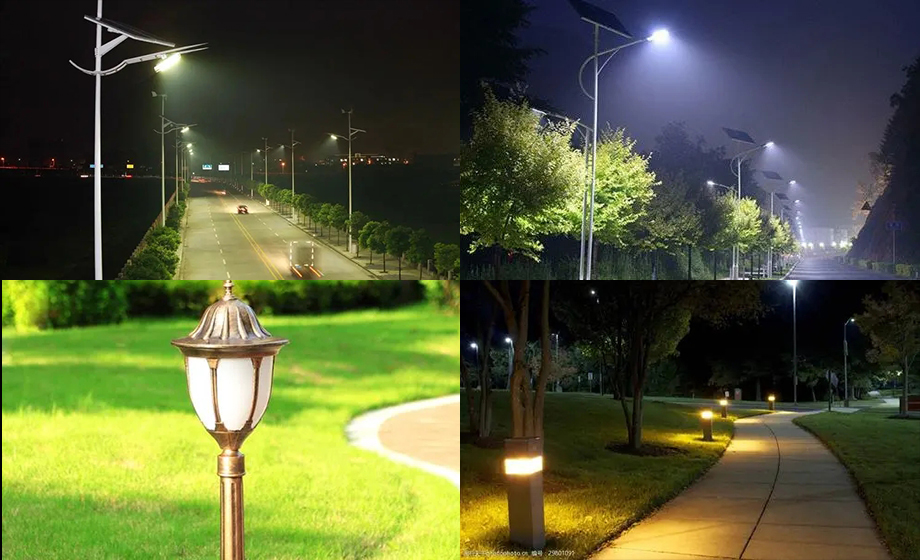Intelligent radar module 30M filter rainwater leaves LED street light application automotive microwave radar interference problem,Advantages of filter rain foliage radar module LED street light:

1. The degree of intelligence is high, and the energy saving efficiency is greatly improved
1) The existing light control system has poor real-time performance and limited energy saving efficiency;
2) Radar sensor Smart LED street light adopts radar technology. The lights can be turned off completely when there is no target. When there is a target, according to the distance of the target. Speed information, lighting nearby street lights, smarter.
2. The construction is convenient and efficient, and the maintenance cost is greatly reduced
1) The existing light control system is inconvenient to construct and has poor maintenance.
2) Based on sensors and wireless network, the radar module intelligent LED street light realizes the wireless control of the street light, which is convenient and quick in construction and low in maintenance cost.
3. Effectively prolong the life of street lamps
1) The implementation of the microwave radar module not only saves energy, but also improves the service life of street lamps.
4. Strong compatibility with existing street light control solutions
The microwave radar sensor can be seamlessly compatible with the existing street light management system, and only needs to be properly integrated with the terminal controller.
30M filter rain foliage radar module LED lighting is usually 50% more energy efficient than traditional road lighting. The application of smart LED lighting systems with smart sensing could potentially improve results up to 90%, especially during long winter nights. In addition to being more energy efficient than ordinary LED lighting, the introduction of this smart sensing technology will also greatly improve the lifespan of LED street lights, because in many cases, LED lighting only works at 20% power.
The problem of mutual interference between automotive microwave radars. Automotive microwave radar mainly works in the 24GHz and 77GHz/79GHz frequency bands. 24GHz radar has low frequency and limited bandwidth, and is mainly used for blind spot monitoring. Lane change assist, collision warning, adaptive cruise and automatic parking. Due to the low development cost, most of the microwave radars currently equipped on vehicles are 24GHz. The current technology development trend is 77GHz mm-wave radar, which has the advantages of wider bandwidth and higher resolution.
The modulation method of microwave radar is FMCW adjusted continuous wave. , FMFrequency represents the frequency change of the signal, and the frequency of each cycle is a triangular wave (or trapezoid). For example, 1ms, the frequency changes greatly, can reach 2gHz or 5gHz. Baseband represents the time domain waveform of the baseband of the signal. FMCWvector is the I/Q data vector diagram of the FM signal.
The microwave radar receiver processes the echo signals to determine the distance and velocity of each target. There are usually two ways to deal with it. One is a wideband receiver, which directly demodulates the I/Q data, and uses a digital matched filter (the conjugate of the I/Q data of the transmitted signal) to obtain target detection results; the other is a narrowband receiver. The local vibration of the mixer directly uses the transmitted signal, which is equivalent to a hardware matched filter, and the target detection result is obtained through the intermediate frequency analysis.
With the commercial development of automotive microwave radar and the increase in the number, the interference problem on the actual road has become increasingly complex and prominent. In the future, with the development of technology, the interference problem will be gradually improved.



